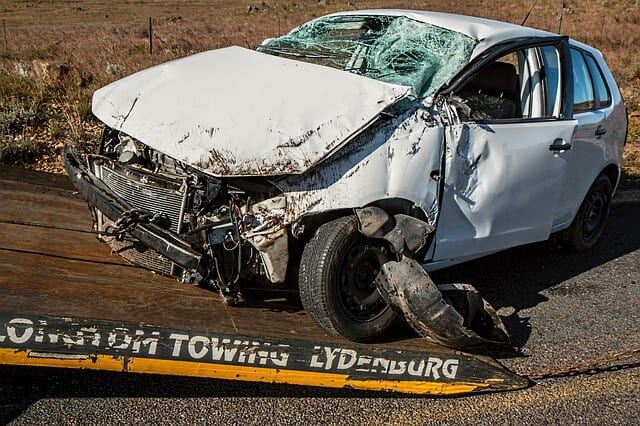Experiencing a car accident is no one’s idea of fun. But the aftermath of accidents can almost be more of a headache than the accident itself. Between medical appointments and phone calls with the auto repair shop, the stress can pile up.
The real struggles begin though when you experience a car accident with an uninsured or underinsured driver. In these scenarios, there is little or no coverage from the at-fault party to take care of the damage they caused.
State minimum insurance covers only the minimum liability thresholds. So if you have a nice car or you suffer serious injuries, you’ll be left with all those bills to cover on your own.
This is why it’s so important to carry uninsured and underinsured motorist coverage. When victims suffer a car accident with drivers who carry little or no auto insurance coverage, that victim’s auto insurance policy then kicks in to cover expenses. Let’s take an in-depth look at uninsured/underinsured motorists coverage so you can review your insurance plan and protect yourself in case of an accident.
What are the Virginia minimum requirements for car insurance?
To legally register a car in the commonwealth of Virginia, you show proof of insurance. However, drivers can carry the minimum requirements for car insurance and register a car with no problems.
The trouble comes when that driver is at-fault in a car accident. Minimum requirements for car insurance in Virginia are $25,000 per person and $50,000 per occurrence in bodily injury coverage.
Tragically, $25,000 in medical coverage could only cover an ER visit for car accident victims. That means that all the rehab, physical therapy, follow-up visits and additional care will be the victim’s financial responsibility.
However, drivers can elect to increase their coverage to $50,000 per person and $100,000 per occurrence. Drivers can even take this one step further and purchase $100,000 per person and $300,000 per occurrence.
The challenge though is, you can’t pick who harms you in a car accident. So you just never know whether or not an uninsured or underinsured driver might hit you. And that’s the reason for carrying additional insurance for yourself.
Who needs uninsured/underinsured motorist coverage?
Everyone needs uninsured/underinsurance motorist coverage. In fact, it’s so important that Virginia law requires such coverage. An insured or another individual listed on their policy can waive their right to uninsured coverage by signature.
Although you can waive your rights to such coverage, you should really consider keeping it on your policy to protect yourself and any passengers in your vehicle. We highly recommend the coverage for everyone, but especially consider keeping the coverage if you meet any of the following scenarios.
- Your car’s value exceeds $20,000, meaning fixing or replacing it would max out the underinsured driver’s coverage. You should have to pay all auto repair costs above that $20,000 threshold.
- Multiple people ride in your car with you regularly. This might be family members or carpool participants. The more people in your car, the more expenses there will likely be for bodily injury during an accident.
- Driving in large cities can increase the likelihood that you’ll be involved in an accident. If you drive in a major metropolitan area regularly, you should not waive your uninsured/underinsured motorist coverage.
Discuss your auto insurance needs in-depth with your insurance agent. Be open and honest about your driving habits. While cutting back auto insurance coverage might save you $50-100 a year, the cost of an accident will far exceed that. Don’t save a few dollars here or there while increasing your overall liability risk.
What happens if an uninsured/underinsured driver hits me?
Drivers involved in car accidents with individuals who have no car insurance file the entire claim through their own insurance company. You’ll need to pay your deductible in full before getting your property fixed or having the insurance company pay your medical bills.
Deductible payments are why it’s important to weigh the cost of reducing your monthly premiums. While an increased deducible can lower your monthly premium, you should not have a deductible you cannot pay at any given time. Always have this amount in your savings account in case of an accident.
Accidents with drivers who are ruled at-fault but underinsured have a slightly different process. You’ll go through their insurance provider for filing the claim. The at-fault driver’s insurance will investigate to ensure they are the responsible paying party.
Then, the at-fault driver’s insurance company will pay out the accident expenses up to the maximum policy limit. After that, your car insurance policy will kick in and pay for the remaining expenses.
Hiring a Virginia car accident attorney
Being an uninsured or underinsured driver is not a ticket to a free ride. You can still pursue damages against these drivers. Additionally, you can seek a settlement from your own car insurance company to cover pain and suffering, missed work, etc. following a car accident. Contact Gore & Kuperman for a full car accident legal assessment to learn how you can rebound financially after an accident.
